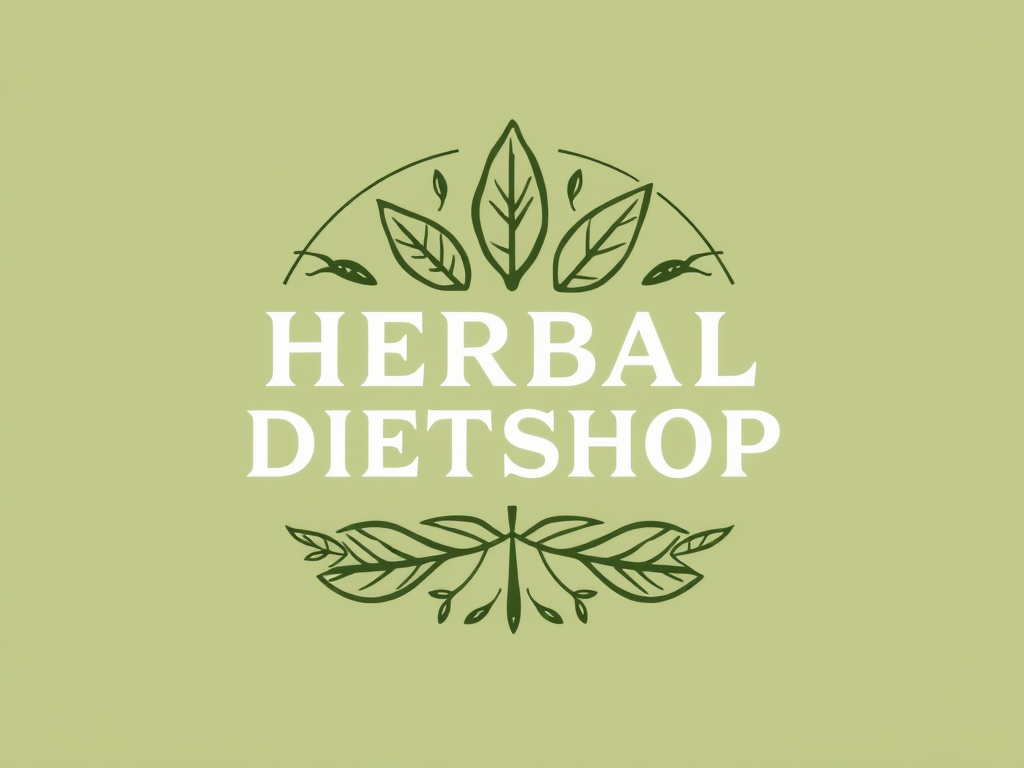Overview of Art Therapy
Art therapy is a therapeutic practice that integrates the creative process of art-making with psychotherapy. Its primary purpose is to enhance mental health by allowing individuals to express emotions, explore self-awareness, and improve coping skills. Unlike traditional art, the focus is not on the finished artwork but on the expressive process itself and the insights it brings.
Historically, art therapy has its roots in the early 20th century, evolving significantly during the post-war era. It began gaining formal recognition when art teachers noticed the psychological benefits their students experienced while creating art. Over time, it developed into a distinct therapeutic discipline, incorporating elements of psychology with creative arts, becoming widely accepted in mental health care.
Also read : A Deep Dive into the UK’s Fetal Spinal Abnormality Screening: Unveiling Essential Guidelines
The importance of art therapy cannot be overstated, especially for mental health and emotional well-being. It provides a non-verbal outlet for emotions, making it particularly beneficial for individuals who find verbal expression challenging. Engaging in art therapy has been associated with reduced anxiety, improved mood, and increased self-esteem. Additionally, it promotes mindfulness, allowing individuals to achieve a state of relaxation and clarity, thus supporting overall mental health.
Benefits of Art Therapy for Expectant Mothers
Art therapy offers multiple benefits during pregnancy, focusing on both the psychological and physical aspects. Stress relief stands out as a crucial psychological benefit, allowing expectant mothers to navigate emotional ups and downs more effectively. Through engaging in various art forms, they find a healthy outlet for emotional expression, which is vital for mental health.
Also read : Understanding Prenatal Depression: Expert Guidance from UK Obstetricians on Providing Care and Support
On the physical side, art therapy fosters relaxation, promoting a general sense of well-being. It creates a calming effect, reducing tension and potentially easing pregnancy-related discomforts. This relaxation not only improves the mother’s mood but supports her overall health during this transformative period.
Importantly, maternal mental health is significantly impacted, fostering positive prenatal bonding with the baby. As mothers express themselves creatively, they cultivate a nurturing environment that enhances their connection with their unborn child. Art therapy hence contributes positively to their emotional and physical states, fundamentally shaping their pregnancy experience.
By integrating both emotional and physical elements, art therapy emerges as a multifaceted tool. Its application during pregnancy is specifically tailored to support mothers holistically, aligning mental and physical health with the journey of impending motherhood.
Techniques and Approaches in Art Therapy
Art therapy incorporates a variety of techniques and approaches tailored to individual needs, especially for expectant mothers. These methods focus on promoting relaxation and creativity, vital for managing pregnancy-related stress. Here are some common techniques:
- Drawing and painting allow for free expression, ideal for reducing anxiety and nurturing creativity.
- Collage-making provides a structured yet liberating opportunity to explore personal themes and feelings.
- Sculpting or working with clay offers a tactile experience, helping mothers connect with their bodies and the growing life inside.
Pregnant women can benefit from personalized art therapy activities that cater to their emotional and physical state. Each woman’s needs vary, so therapy should be individualized. Techniques that engage them can foster a sense of calm and mindfulness, instrumental during this transformative period.
Understanding and selecting the right activity is crucial. Whether it’s a structured approach or free-form expression, art therapy offers a pathway to emotional balance and self-discovery during pregnancy. By focusing on these personalized art activities, mothers can navigate emotional landscapes with greater ease, promoting relaxation and mental wellness.
Expert Opinions and Research Findings
Art therapy has garnered significant attention from both researchers and professionals for its therapeutic benefits during pregnancy. Numerous studies underscore its effectiveness, highlighting improvements in mental health and overall well-being for expectant mothers. Key research findings reflect a consensus on reduced anxiety levels and enhanced emotional expression through engaging in art therapy.
Experts in the field of art therapy emphasize its importance in fostering communication between mothers and their unborn children. According to specialists, the creative process promotes an emotional connection, serving as a bonding tool. This unique form of expression often proves invaluable in non-verbal communication, creating a nurturing environment for expectant mothers.
A review of expert analyses reveals common trends, such as increased relaxation and mindfulness among participants. These themes are consistently observed, reinforcing art therapy’s role as a supportive practice for managing pregnancy-related stress. By focusing on art therapy’s positive impact, researchers continue to advocate its inclusion in prenatal care routines, aiming to enhance both psychological and physical health. Such insights guide the ongoing development of art therapy programs, ensuring their alignment with the specific needs of pregnant women.
Personal Experiences with Art Therapy
Experiencing art therapy firsthand offers valuable insights into its impact on expectant mothers. Many share heartfelt testimonials, stressing its role in alleviating pregnancy-related stress. Engaging in art-making, they find a safe space to express emotions creatively, leading to tangible relief.
Real-life case studies vividly illustrate these outcomes. Consider Melissa, an expectant mother whose anxiety decreased after participating in structured art sessions. Through painting, she voiced feelings previously hard to articulate, fostering a profound sense of calm and emotional release.
Personal stories within art therapy underscore the transformative potential of creativity. Often, the significance lies in the process, rather than the artwork itself. One mother described how sculpting helped her connect with her unborn child, enhancing maternal bonding. This act of creation allowed her mind to relax, easing her mental tension.
These narratives pivotally demonstrate how art therapy can alleviate stress during pregnancy. Embracing personal creativity doesn’t merely support mental wellness; it also enhances emotional connections. Such testimonials and case studies strongly advocate for art therapy’s inclusion in prenatal care, providing a nurturing path for emotional exploration and relief.
Resources Available in the UK
Exploring art therapy resources in the UK can offer personalized support for expectant mothers. With a myriad of therapists and programs dedicated to serving this group, finding the right fit becomes a journey toward enhanced well-being.
A valuable starting point is the directory of certified art therapists, which aids in locating professionals specializing in maternity care. This list ensures therapists are qualified and experienced in addressing the unique needs of pregnant women.
For those preferring digital interaction or facing geographical limitations, several platforms offer virtual art therapy sessions. These online resources provide flexibility, making therapy accessible from the comfort of home.
Support extends beyond individual therapy through local community support groups and workshops. These groups cultivate a shared space for mothers to connect, engage in creative expression, and learn from others’ experiences. The communal aspect enhances the therapeutic journey.
Whether through therapists, virtual platforms, or community engagement, multiple avenues exist for integrating art therapy into prenatal care. These resources offer diverse options to address individual preferences and ensure every expectant mother can access this form of creative healing.
Addressing Common Concerns
Exploring art therapy during pregnancy often brings up common concerns or misconceptions. A frequently asked question is whether these creative processes are truly safe. In short, yes. Art therapy is generally considered safe and non-invasive. It involves activities that accommodate physical limitations of pregnancy, such as drawing or gentle sculpting, ensuring relaxation without exertion.
Misconceptions abound, like the belief that artistic skill is required to engage effectively in art therapy. This is not the case. The therapeutic value lies not in creating a masterpiece but in the act of creation itself. Expressing emotions through art encourages self-discovery and stress relief, essential during pregnancy.
Another concern involves the potential for anxiety during sessions. Some worry about performance rather than process. Addressing this anxiety involves educating participants that there are no “wrong” ways to create in art therapy, as the focus is solely on emotional expression.
Safety protocols are paramount. Qualified therapists tailor sessions to individual needs, ensuring both the emotional well-being of the mother and the safe application of materials. By addressing these concerns, expectant mothers can fully embrace the joyful exploration that art therapy offers.


